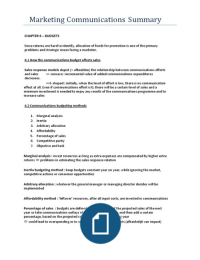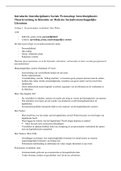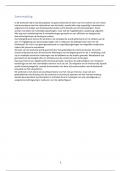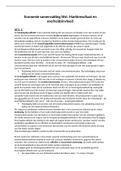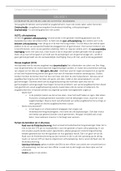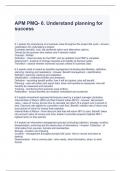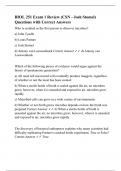Samenvatting
Summary Marketing Communications: An European Perspective : Chapters 6,11,13 and 16
- Vak
- Instelling
- Boek
Samenvatting van de hoofdstukken 6,11,13 en 16 (ter aanvulling van andere samenvattingen van het boek die reeds online staan). Samenvatting is gemaakt van het boek 'Marketing communications : An European perspective 5th edition' - Patrick De Pelsmacker , Magggie Geuens en Joeri Van Den Bergh
[Meer zien]
